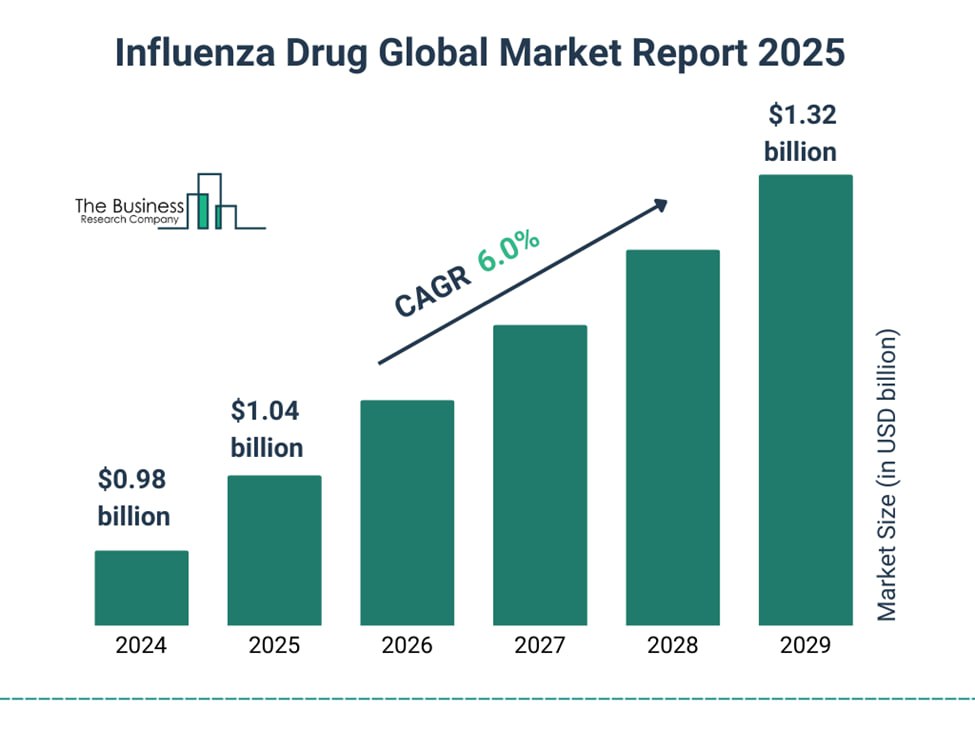Amid the Trump administration’s call for a crackdown on direct-to-consumer pharmaceutical advertising, a new survey shows that many people with chronic conditions have been inspired by such ads to take some sort of action for their health.
Swoop conducted the survey of more than 900 members of MyHealthTeam—the group of condition-specific support communities Swoop acquired at the start of this year—between March and July, focusing on the impacts of treatment advertisements across channels. The individuals were members of communities centered on HIV, MASH, Crohn’s disease and ulcerative colitis, heart disease, diabetes and more.
The resulting report, published this week ahead of Swoop’s presentation at the Fierce Pharma Week conference in Philadelphia, shows that 67% of patients said they’d taken action after seeing treatment ads, with a little over half of those surveyed saying they took action specifically related to their treatment
The most common actions taken after seeing treatment ads—with between 21% and 32% of respondents saying they’d done so—included asking a doctor about treatment options or specific medications, or setting up an appointment to talk to a doctor about a diagnosis or symptoms.
Only 15% of those surveyed said they’d visited a pharma company’s website after seeing an ad for one of the drugmaker’s products. Fewer than 10% said a treatment ad had directly resulted in their switching or starting a new medication, or going to a doctor to seek a diagnosis.
Overall, 83% of chronic disease patients said they feel that treatment advertising has been beneficial.
As for the specific benefits cited, about two-thirds of respondents said pharma ads have given them a better understanding of treatment options, while just under half said the promos have helped them have better-informed discussions with their doctors. Meanwhile, 10% credited the ads with informing them about copay assistance options for various treatments.
The surveyed patients offered several suggestions to drug advertisers to make their marketing materials resonate more deeply. They asked for more realistic, relatable depictions of patients and conditions; greater access to information about costs, side effects and other treatment details; and help with facilitating productive conversations between patients and doctors.
One comment from a member of the multiple sclerosis MyHealthTeam, for example, read, “I wish that they would show a few people who struggle with mobility, using walkers, or wheelchairs. The commercials are usually young, mobile patients not yet experiencing disability.”
Meanwhile, a member of the MyCrohnsAndColitisTeam added, “Be thorough and be honest. They should give a good description of the patient assistance plan they have and not just say: patient financial assistance is possible.”
Elsewhere, the surveyed patients requested lower drug costs and for drugmakers to get healthcare providers involved in their marketing efforts, according to the report.
ease treatment ads have sparked action in two-thirds of patients: survey






